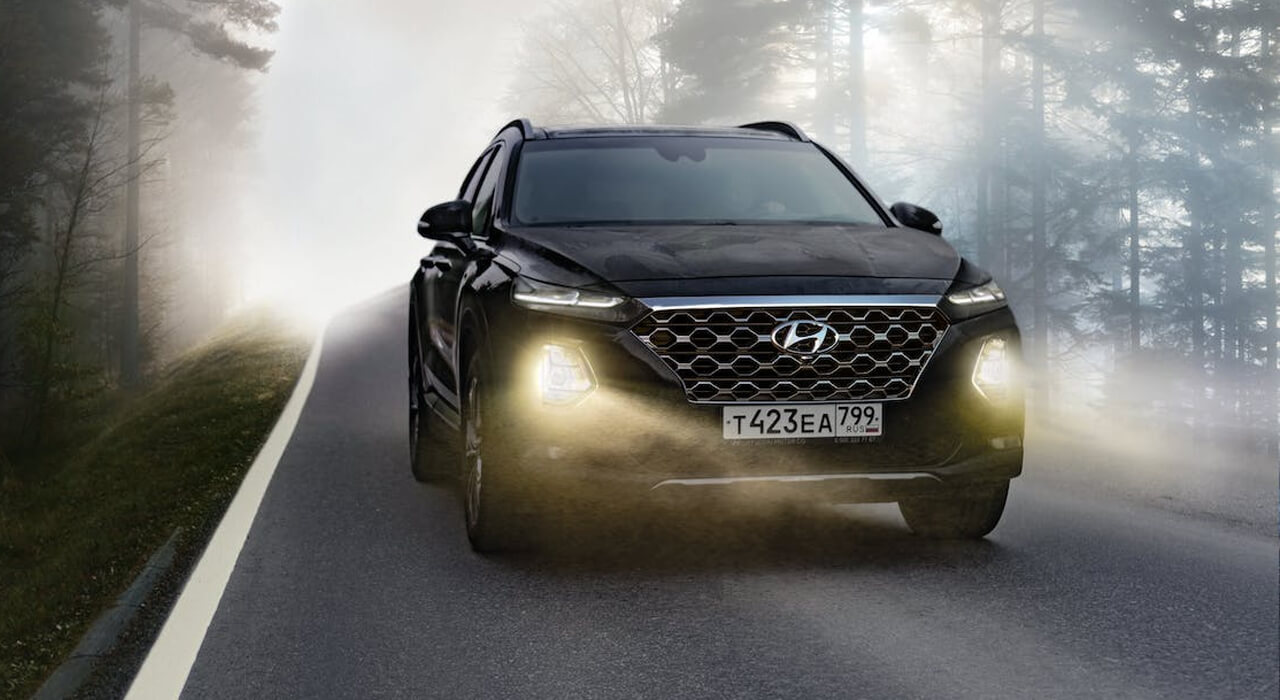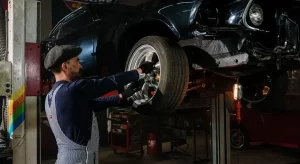Vehicular technology, over the years, has come a long way. At present, our cars are not just equipped to transport us from one place to another. They’re also equipped to make our lives more comfortable, thanks to features like air conditioning, entertainment systems, etc.
Of course, technological advancements in cars aren’t only limited to enhancing our lifestyles and comfort. There also exist technologies that can help prevent car crashes.
Let’s dive into a few such technologies that can improve the way we drive and ensure maximum safety.
1. Speed Limiters
Speed limiters, often integrated into modern vehicles, serve as a fundamental safety feature. These systems control the maximum speed a vehicle can reach, thereby restricting drivers from exceeding predetermined speed thresholds.
By leveraging a combination of sensors and onboard technology, speed limiters assist in curbing reckless driving behavior, and preventing accidents resulting from high-speed collisions.
The utilization of speed limiters has proven to be particularly effective, especially in commercial vehicles. Trucking and transportation industries have widely embraced this technology, leading to a significant reduction in accidents caused by excessive speeding. Speed limiters in commercial vehicles can lead to a decline in fatal crashes, which can help promote road safety.
2. Anti-lock Braking System (ABS)
ABS is often referred to as a cornerstone of vehicle safety. In fact, it has, in a way, revolutionized the braking mechanism in general. ABS lets drivers maintain control of their vehicle and steer it during emergency braking situations.
It operates by modulating brake pressure, preventing wheels from locking up while applying maximum braking force. This not only minimizes stopping distances but also averts skidding and loss of control, particularly on slippery or uneven road surfaces.
Incorporating ABS has significantly reduced the occurrence of accidents attributed to loss of control during braking. This technology has become a standard feature in most modern vehicles, emphasizing its indispensable role in preventing collisions and ensuring safer driving experiences.
3. FCW and AEB
KSDK recently reported that a St. Louis car crash injured four when the vehicle collided with another car. The injured might get in touch with a St. Louis car accident lawyer to present their case and seek compensation for their injuries. This, of course, is a very natural thing to do in the event of such accidents where negligence might be involved.
According to TorHoerman Law, car accident attorneys can help the injured seek compensation. That, in turn, can help those with severe injuries pay their medical bills. However, had there been a way to prevent such collisions in the first place, there would be no such injury let alone legal complexity.
Forward Collision Warning (FCW) systems are engineered to alert drivers of potential impending collisions. These systems utilize sensors, cameras, or radar to detect vehicles or obstacles in the vehicle’s path. Upon detection, FCW alerts the driver through visual or auditory warnings, providing valuable time to react and potentially avert an accident.
Suggestion: List of 16 Best Fuel Efficient Cars of 2023 and 2024
Automatic Emergency Braking (AEB) complements FCW by taking proactive measures to mitigate or prevent collisions. When the system detects an imminent collision and senses the driver hasn’t taken action, it autonomously applies the brakes. This helps reduce the severity of the impact or even prevent the collision altogether.
The integration of FCW and AEB can reduce rear-end collisions. Research published in Hindawi suggests that these collisions can be reduced by 50 percent with such integration. These technologies’ ability to provide timely warnings and automatic intervention has proven crucial in preventing accidents caused by driver inattention or delayed reactions.
4. Electronic Stability Control (ESC)
Electronic Stability Control (ESC) complements ABS by actively monitoring and assisting in maintaining vehicle stability. This technology is designed to intervene when the vehicle detects a loss of control, especially in situations involving oversteering or understeering.
Also Check: What Are The Top 9 Most Expensive Cars Of All Time In 2024?
By selectively applying brakes and adjusting engine power, ESC aids in stabilizing the vehicle, reducing the probability of skidding and spinouts. The implementation of ESC has demonstrated substantial effectiveness in preventing accidents caused by loss of vehicle control.
5. LDW and LKA
According to the NHTSA, Lane Departure Warning (LDW) systems monitor a vehicle’s position within the lane, alerting drivers when an unintentional drift occurs. This warning is typically signaled through visual, auditory, or haptic cues, prompting the driver to realign the vehicle within the lane.
Lane-Keeping Assist (LKA) complements LDW by actively assisting drivers in maintaining their lane position. Through subtle steering interventions, LKA helps prevent inadvertent lane departures, enhancing overall driving safety.
The incorporation of LDW and LKA has shown promise in reducing accidents stemming from lane drifting or unintended lane departures. These technologies serve as aids in promoting attentiveness and ensuring safer driving practices.
Conclusion
That’s all for this post but the innovations in the field of vehicular technology will keep on coming. Much of this advancement will be made in the field of ensuring car safety. Hence, we must keep an eye on such technological advancements and adopt the ones that can keep us safe on the roads.





